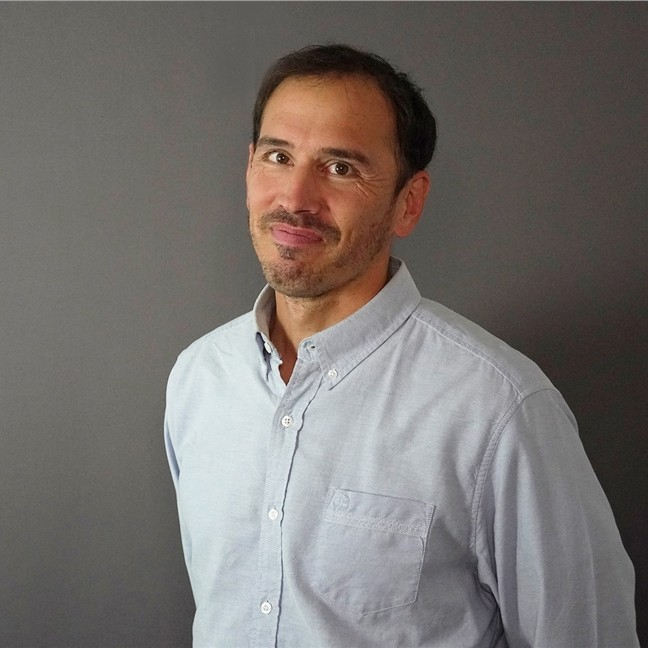Inclusive employment for people with visual impairments
- Department Applied research in information and communication technology
- Fields involved Information and communication technology, Digital inclusion
- Industries involved Health, Community
How can we enhance employment opportunities for individuals with visual impairments and reduce unfair treatment of people with disabilities in Norway?
In 2022, The Norwegian Association for the Blind and Partially Sighted (NABP) reported that more than 100,000 people with disabilities in Norway aspire to join the workforce but are unable to secure employment (Youtube). Unemployment not only contributes to social isolation and a sense of purposelessness for many individuals, but it also presents significant societal expense.
Workplace facilitation and universally designed ICT
We have researched what factors are needed to create more inclusive workplaces for people with visual impairments in Norway, and contributed to increasing awareness and knowledge on these issues.
Our research primarily focused on the technological aspects of working life, particularly technical accommodations and universally designed ICT. Related topics such as task organisation, communication, employee training, attitudinal campaigns and support from public administrations were also explored. We were especially dedicated to understanding how to encourage employers to adopt more inclusive practices, aligning with the objectives of our project.
Our results were shared with employers, decision-makers and potential employees, with the goal of contributing to more inclusive and accessible work environments for everyone.
Productive and decent work for all people
Our project was initiated in response to a report by the United Nations Convention on the Rights of Persons with Disabilities (UNCRPD), published in 2019. The report evaluated national progress regarding the implementation of initiatives outlined in the treaty.
Norwegian authorities were advised to prioritise the UN’s eighth Sustainable Development Goal (SDG 8), titled “Decent Work and Economic Growth.” This goal aims to achieve full and productive employment, as well as decent work, for all individuals, including young people and those with disabilities by 2030.
The committee specified the importance of efforts to reduce workplace prejudices against individuals with disabilities and strengthening regulations against discriminatory practices, such as inadequate facilitation. Emphasis was also placed on the need for universally designed working environments and ICT tools.
Extensive experience researching diversity, equity and inclusion
Project participants have extensive research expertise in inclusive workplaces, including involvement in earlier projects like “ICT in the Working Life of People with Vision Impairment,” (NR) and “Diversity in the Workplace (NORCE). Key findings indicate that technology can have both positive and negative effects for employees with reduced vision, but that negative experiences currently outweigh the positive ones for many individuals.
Reference
NorgesBlindeforbund. (2022). Inkludering i arbeidslivet – Norges Blindeforbund. YouTube. https://www.youtube.com/watch?v=wRTKOrp7hvo.
Project: Inclusive Employment – Challenges and Possibilities for Greater Workplace Inclusion of Individuals with Visual Impairments
Partners: The Norwegian Association of the Blind and Partially Sighted (NABP) and the Norwegian Research Centre (NORCE)
Funding: The Norwegian Directorate for Children, Youth and Family Affairs (Bufdir)
Period: 2020 – 2022

